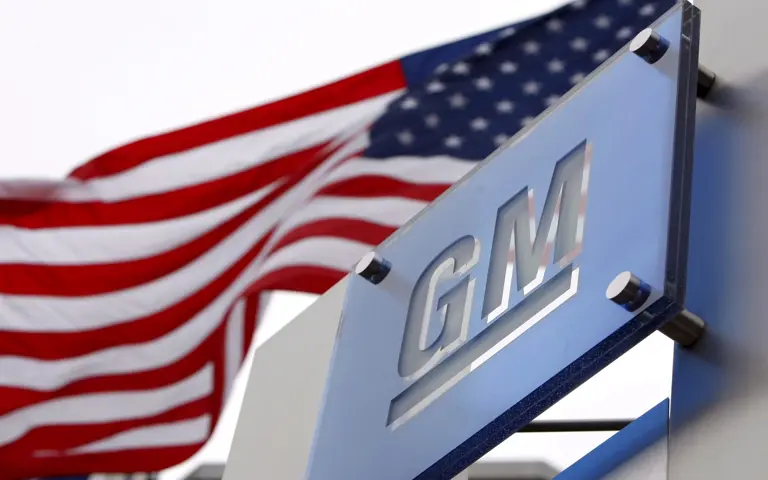Automakers are experiencing mounting financial pressure due to the volatile nature of U.S. trade policy. General Motors, one of the largest car manufacturers in the United States, revealed that tariffs cost the company an estimated $1.1 billion over a recent three-month period. This significant expense dropped GM’s profit margin from a robust 9% to just 6.1%, disrupting the company’s ability to meet its projected profitability goals for the quarter.
During a recent earnings call, GM’s Chief Financial Officer Paul Jacobson acknowledged that efforts to minimize the tariff impact have yielded limited results so far. However, he expressed optimism that the company would be able to counterbalance some of the losses by the end of 2025. “We’re still tracking to offset at least 30% of the $4 to $5 billion full-year 2025 tariff impact,” Jacobson explained. These adjustments are expected to come from changes in global manufacturing strategies, targeted cost reductions, and price recalibrations at the consumer level.
This outlook is made more complicated by the unpredictable nature of U.S. tariffs, which have fluctuated rapidly in recent months. With the possibility of bilateral trade deals on the horizon, automakers are navigating a policy environment where some costs may eventually be sidestepped. Despite a 25% tariff, GM continues importing select models built in South Korea, especially those aimed at price-sensitive buyers. “They’re very much in demand,” said CEO Mary Barra, referring to the popularity of these affordable imports.
For further insight into the structure and effect of automotive tariffs, the Office of the United States Trade Representative offers comprehensive resources.
Wall Street Reacts as GM Stock Slides on Tariff Disclosures
Following the company’s earnings report, GM’s stock fell 6%, reflecting investor concern about the strategy of absorbing tariff costs instead of passing them along to buyers. This approach has raised questions about long-term sustainability, especially as analysts note that achieving annual profit targets will require greater action. Industry experts have emphasized the need for manufacturers to actively reduce their exposure to tariff expenses to maintain competitiveness in a saturated and price-sensitive market.
Analysts have indicated that GM must intensify mitigation strategies if it wants to restore investor confidence. “To put full year targets in reach,” noted a recent market analysis, “GM needs to start mitigating tariff cost.” This could mean faster adaptation in supply chains, or even broader pricing changes across the company’s model portfolio.
More information on how tariffs affect vehicle pricing is available through Kelley Blue Book, a trusted resource for automotive market trends and consumer pricing data.
Stellantis and Industry-Wide Trends Reveal a Broader Impact
GM is not alone in facing the financial consequences of tariffs. Stellantis — the global manufacturer that owns brands like Jeep, Dodge, Chrysler, and Ram — recently reported that it paid approximately $387 million in tariffs during the same period. The company also said it had to pause certain production lines as part of a strategy to limit exposure to these rising costs. This decision, however, resulted in a 6% decline in year-over-year vehicle shipments to dealerships, a hit that underscores the tough choices automakers face in a volatile trade environment.
Industry-wide, data from recent quarters suggests that most car manufacturers are choosing to absorb the increased cost of tariffs instead of passing them on to customers, many of whom are already hesitant to purchase vehicles amid high average prices nearing $49,000. In fact, the latest data from Cox Automotive reveals that transaction prices rose just 1.2% year over year in June—significantly lower than the typical 10-year average increase for new cars. This minimal increase points to consumer resistance to higher pricing and a shifting burden onto manufacturers.
To understand current pricing trends and auto industry forecasts, the National Automobile Dealers Association provides regular reports and analysis on sales and inventory data across the U.S. market.







